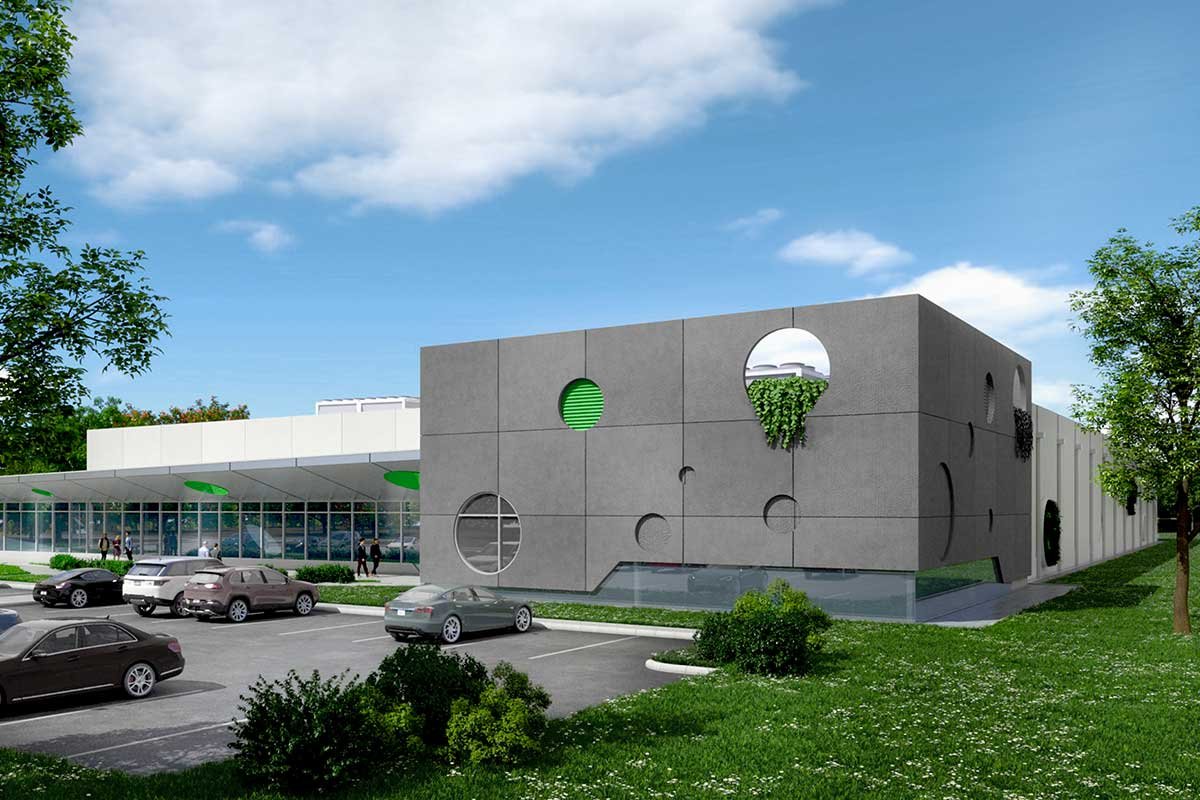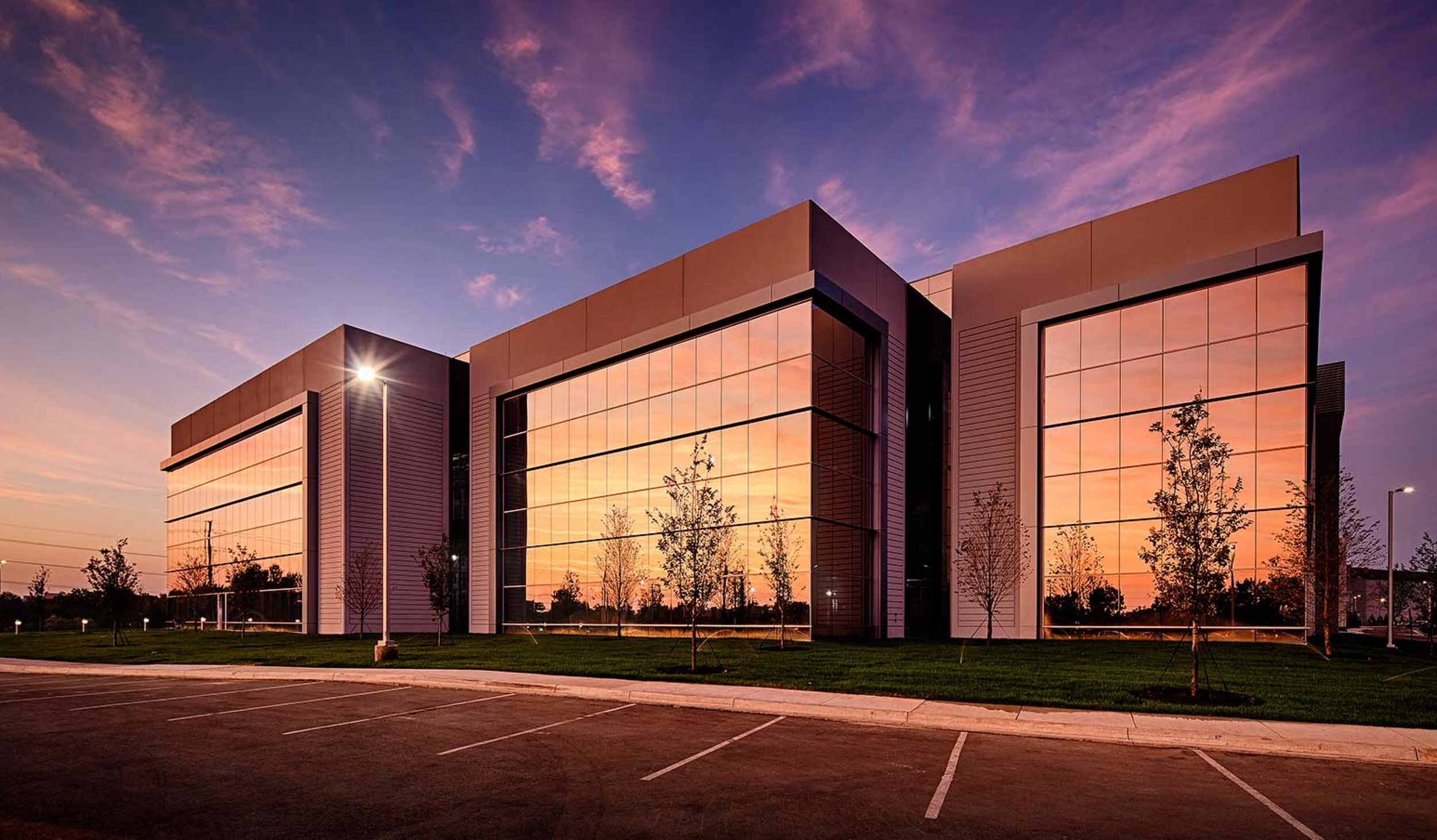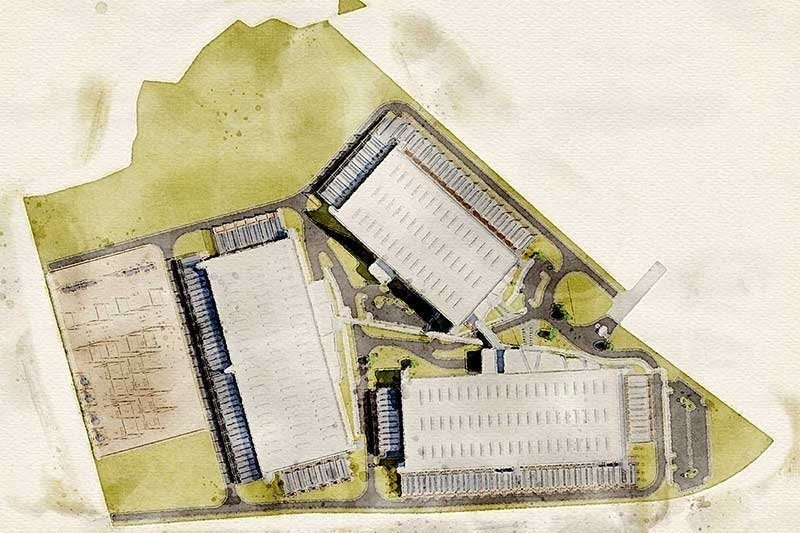Finding Climate Optimism in Data Centers
As daily headlines inundate us with bad news about the environment, more and more people have begun to adopt a perspective of climate “doomism.” In other words, we think of the planet as so far gone that we might as well give up on making a difference. Taking the place of climate denialism, climate doomism floods people—pun not intended—with feelings of paralysis. By rendering us inactive, the trend toward doom and gloom might be just as dangerous as its predecessor.
In response to these growing negative attitudes about the environment, certain content creators, reporters, and public figures are trying something new: climate optimism. This way of thinking acknowledges the reality of our environmental situation while trying to encourage a productive, forward-moving perspective.
So, let’s talk about some good news. When it comes to data centers, huge strides toward sustainability have been made over the past decade—and will continue to be made. Data center technology continues to evolve, and in 2021, data center operators and trade associations committed to building net-zero (climate-neutral) facilities by 2030; this has become a widespread ambition across the industry. In short, all of us that are connected to data centers—architects, engineers, and owners alike—are extremely focused on having the highest-possible efficiency for our development, construction, and operations.
From the design of the servers to the design of the electrical and cooling equipment, to the design of the building, the goal of the modern data center is to maximize the amount of data that can be processed with a minimal amount of electricity. This means that however small or big the company creating a new data center, they have good reason to make it as efficient as possible: better business performance. From an environmental perspective, this is great. No other industry is as intrinsically motivated to constantly improve the use of power. As data center demand has increased exponentially, the total power used by data centers has increased only by single digits over the past 10 years.
The data center industry even has a unit of measurement to denote efficiency; it’s called PUE, or Power Usage Effectiveness. The ideal score is a PUE of 1.0, which means that 100% of a center’s power is going to the servers instead of the other things maintaining the building (its cooling system, for example).
For a moderately efficient data center, the current average PUE runs between 1.2 and 1.4. Older data centers weigh in at 2.0, but the most efficient data centers from the past few years have clocked in at 1.2 or 1.15. As data center technologies continue to evolve, that number will only improve. Sustainability trends for data centers include exploring fuel alternatives to diesel-run backup generators, using liquid coolants instead of energy-hungry air-conditioning, and heat recovery (reusing a data center’s heat waste heat elsewhere in the community).
At AXO, we think often of this industry’s future as it relates to climate–and how we’ll play a role as architects. As the grid of connected data centers continues to grow exponentially, we can identify three resulting areas for change. First of all, protecting and accessing data will be less about the building that houses the servers, and more about the ability to duplicate and move data quickly. This could yield smaller buildings widely distributed in different contexts. What’s more, as the security of the building itself becomes secondary to the security of the network, buildings can explore other–potentially more sustainable–materials beyond the monolithic concrete box. And, last but not least, the data center is becoming a common element in typical commercial and residential development plans. As the data center moves physically closer to other buildings, the ability to transport the heat it rejects to beneficial users will become easier.
Here’s the bottom line: yes, data centers can get a bad rap for the amount of energy they consume. But that energy is supporting the digital age. Our technology, for all its many benefits and drawbacks, is here to stay. Which means that data centers themselves must adapt; they must be designed and run sustainably. Because great strides have already been made—and will undoubtedly continue to be made—in that direction, we can locate some bright glimmers of hope and positivity for our planet via data centers.



